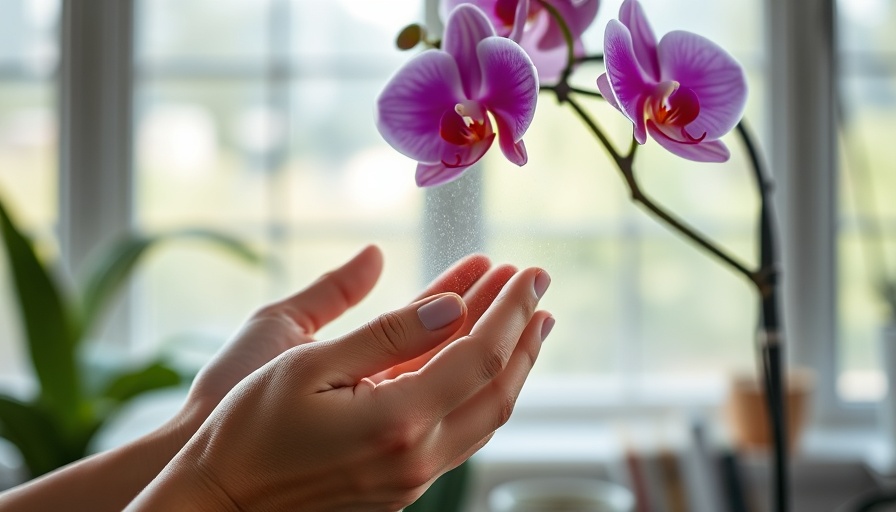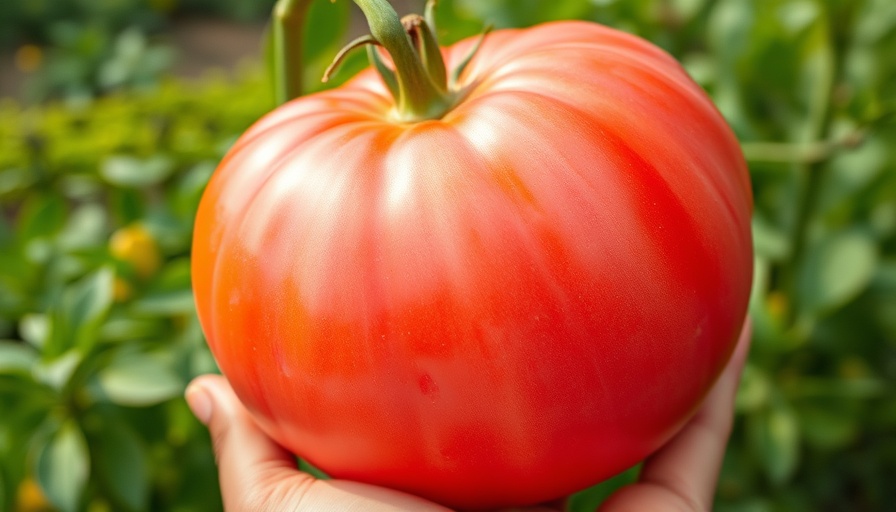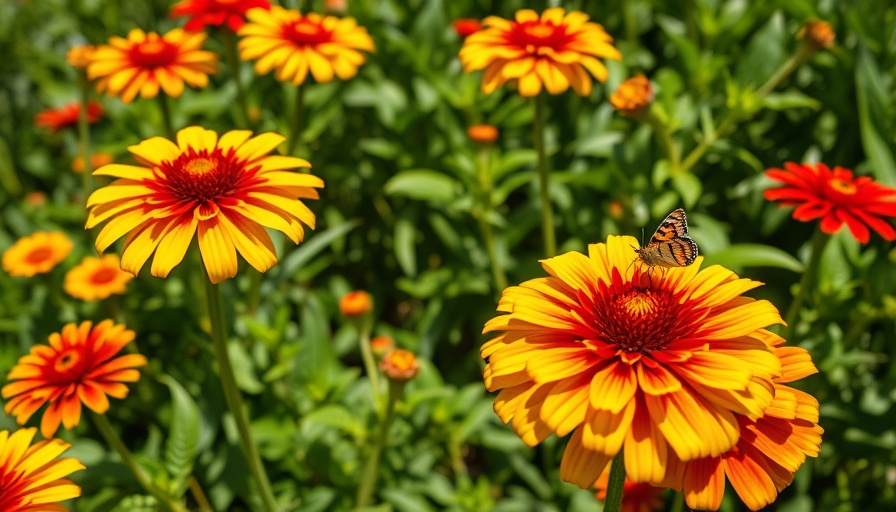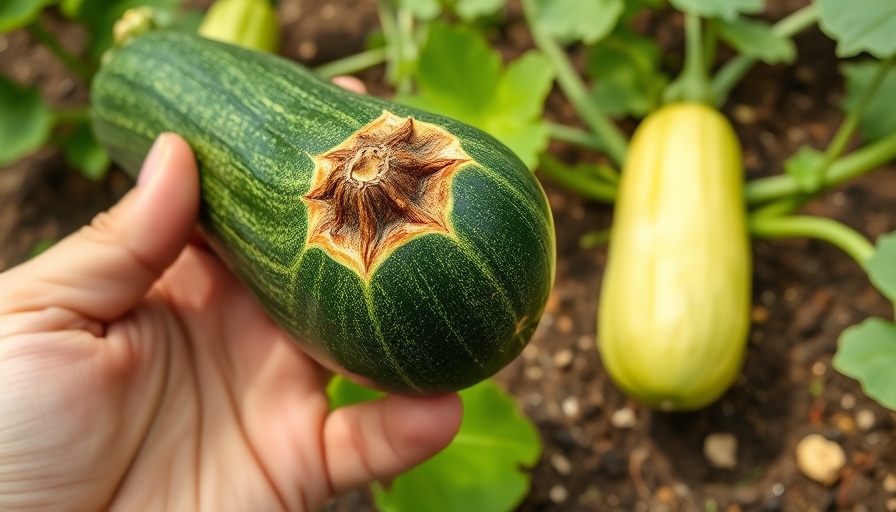
Embracing Misting: The Secret to Thriving Indoor Gardens
Misting plants has become a topic of hot debate within the gardening community. While some gardeners swear by it, offering their plants a refreshing spray of moisture, others warn of its potential downsides. Interestingly, for certain plants, particularly tropical varieties, misting can mimic their natural humid environments, fostering healthier and more vibrant growth.
Why Misting Matters for Humidity-Loving Plants
The act of misting can temporarily elevate humidity levels, benefiting plants that thrive in moist conditions. For homeowners looking to boost their indoor gardens, understanding which plants respond well to misting is crucial. Among those at the top of the list are orchids, ferns, and some leafy houseplants that would benefit both from light misting and an overall high humidity atmosphere.
A Closer Look at Favorite Humidity-Loving Plants
Here are a few plants that truly flourish with occasional misting:
- Orchids: These beauties absorb moisture through their leaves. For best results, mist twice daily to simulate the humidity of their natural habitat.
- Moss: Given its high humidity preferences, moss benefits greatly from regular misting, making it an excellent addition to terrariums.
- Ferns: Known for their lush fronds, ferns thrive in humid environments and appreciate misting, particularly during dry spells.
Benefits and Challenges of Misting
While misting can be a boon for some plants, it comes with caveats. Over-misting can lead to fungal diseases, especially in a home setting where air circulation might be limited. Moreover, dry-loving plants such as cacti and succulents should be kept away from misters. So, what's the solution? Combining misting with other humidity-boosting techniques can create a more advantageous environment for your flora. Think about incorporating pebble trays or investing in a humidifier for the best results.
Creating the Perfect Humid Environment
For gardening enthusiasts in regions like Muskegon, manipulating humidity levels indoors can mean the difference between thriving and struggling plants. DIY projects such as creating humidified plant stands or investing in affordable home humidifiers can lead to gardening success. With localized climate considerations, a focus on proximity to windows for natural light combined with humidity strategies can lead to robust plant growth.
Expanding Your Gardening Horizons
If you’re passionate about creating your own backyard oasis, consider adding an elevated planter box, or starting a backyard planting box. Such projects not only beautify your space but provide you with the opportunity to experiment with misting and humidity control in a manageable way. Utilizing tools like homemade watering devices or automated watering hacks can enhance your gardening experience further.
Conclusion: Take Your Gardening to the Next Level
As you explore plant care and the intricacies of misting, don't hesitate to experiment with various techniques that align with your gardening goals. Joining hands with Norther-LawnCare.com, a five-star-rated local service in Muskegon, could provide you with expert guidance on lawn care, winter plowing, and property management, enriching your outdoor experience. Reach out today at 231-450-3414 to elevate your gardening journey!
 Add Row
Add Row 
 Add
Add 


Write A Comment